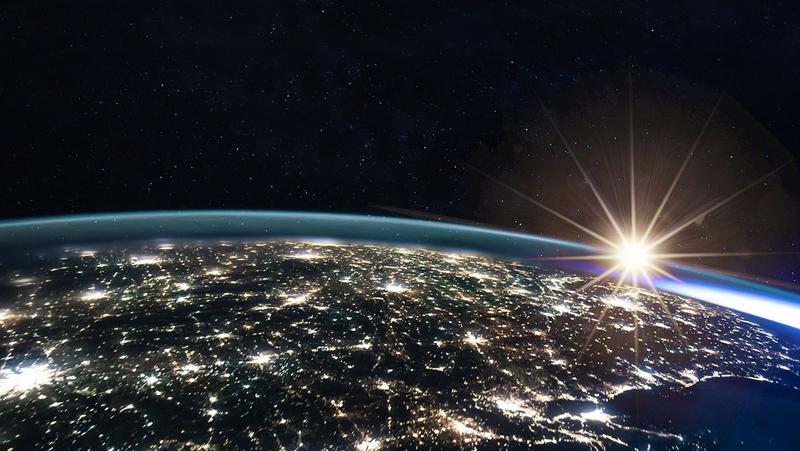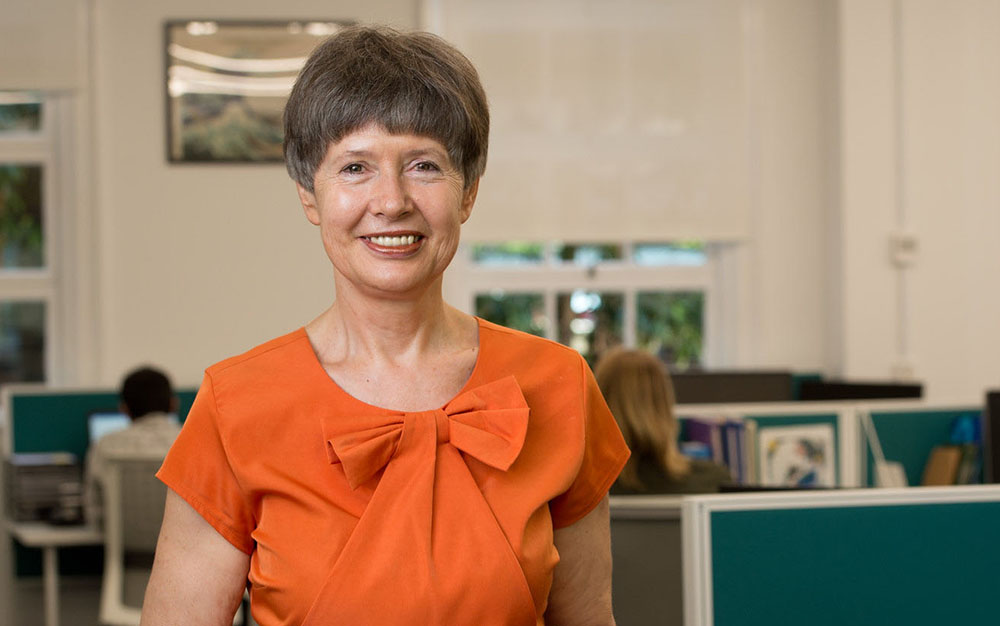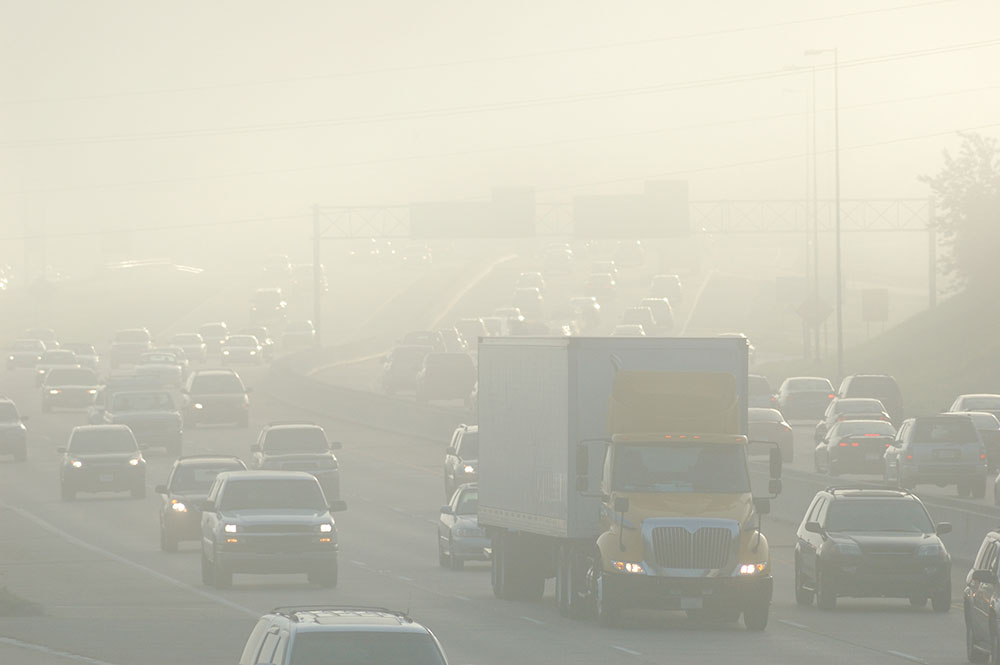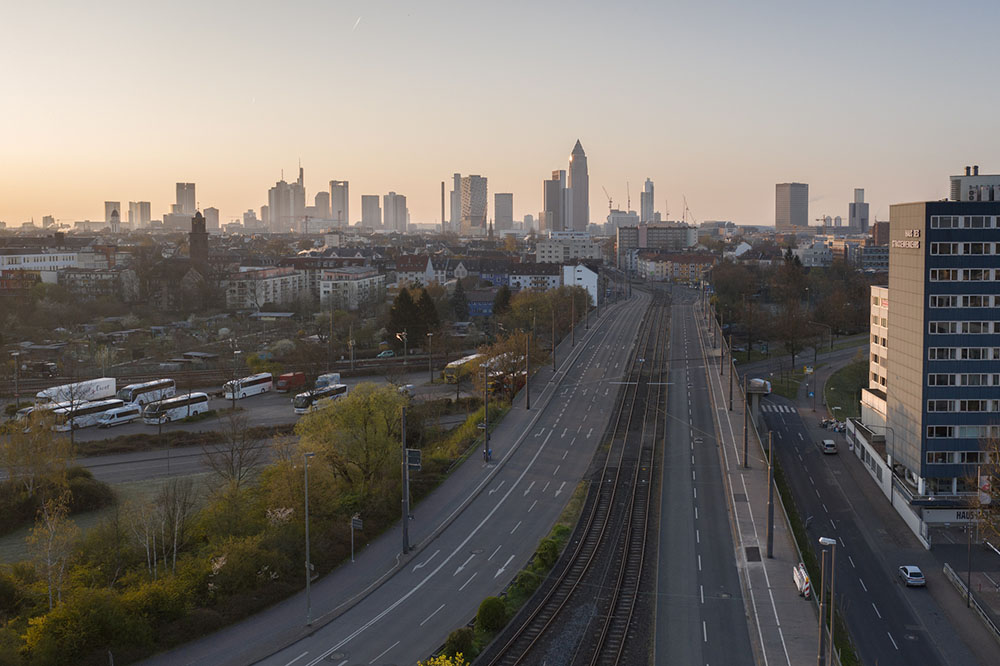
A global team of air quality scientists has discovered that real-time satellite observations of the amount of the air pollutant, nitrogen dioxide, during COVID-19 lockdowns better predicts when restrictions should be lifted to ensure that COVID cases continue to reduce, rather than see a resurgence
- Nitrogen dioxide reduction is a driver of deceleration of COVID cases
- Study sheds light on why COVID returns after repeated lockdowns
- Reduced economic activity of lockdown means less nitrogen dioxide concentration
.Nitrogen dioxide is emitted from burning fossil-fuels for transport and energy, biomass burning, agricultural practices, and aircraft.
Co-investigator, world-renowned air quality researcher, QUT Distinguished Professor Lidia Morawska said the finding gave insight into why repeated lockdowns are often followed by second and third waves of infections.
Professor Morawska is the director of the QUT International Laboratory Air Quality and Health and a researcher in the Centre for the Environment.

“Observation of atmospheric concentrations of these air pollutants can be used to track changes in industrial, mobile, residential, commercial, and agricultural activity – low concentrations indicate reduced economic and social activity,” Professor Morawska said.
“We found that reduced economic and social activity, inferred from the reduction of nitrogen dioxide, is a driver of COVID-19 case deceleration in most of the 211 territories we studied.
“The effect, however, is not linear but dampens over time, and further reductions are only associated with weaker deceleration of cases.”

Professor Morawska said this method had important applications:
“1. It could be applied to identify territories where movement restrictions can effectively decelerate the increase in COVID-19 cases. This would enable us to achieve global joint targeted policy action to where it is most needed to strengthen recovery.
2. It can evaluate the effects of large-scale activity reduction and microlevel measures such as masking, social distancing and test, trace and isolate. It is particularly important in areas where limiting activity is less effective for containing COVID-19 under current circumstances.
At regional levels in large countries, high-resolution NO2 data could be used to interpret changes in the transmission rate of COVID-19 locally and optimize activity reduction within the country during easing of lockdown measures
3. As real-time NO2 can be achieved at a high resolution from space to match the resolution (50 to 100 km) of transport models it could be combined with atmospheric inversion models to attribute the observed changes in NO2 to specific economic sectors.
This means we could know which sectors that should have activity limited before others to contain the pandemic.”
Professor Morawska said many governments had ‘opened up’ after cases decreased, with a poor understanding of the relationship between activity recovery and acceleration of COVID-19 cases under the lagging effects of lifting controls.

“The team found almost 1 million daily COVID-19 cases could have been avoided in the last northern winter by optimizing the timing and strength of restrictions with satellite observations of the concentration of (NO2) in the air.”
Professor Morawska said application of near-real-time satellite NO2 observations had produced a much better prediction of the deceleration of COVID-19 cases than applying the Oxford Government Response Tracker, public health and social measures, or human mobility data as alternative predictors.
Predicting the effect of confinement on the COVID-19 spread using machine learning enriched with satellite air pollution observations to be published in the Proceedings of the National Academy of Sciences on 13 August.
QUT Media contacts:
Niki Widdowson, 07 3138 2999 or n.widdowson@qut.edu.au
After hours: Rose Trapnell, 0407 585 901, media@qut.edu.au


